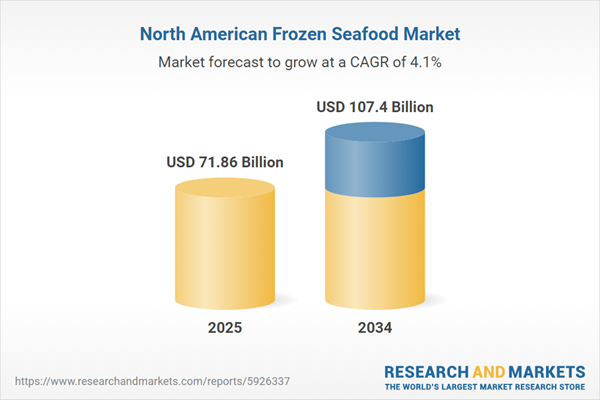Increased Penetration of Supermarkets and Hypermarkets to Aid the Frozen Seafood Industry Growth in North America
The frozen seafood market in North America is growing at a healthy pace due to multiple factors, such as the rising urbanisation, rise in the working population base, and increasing popularity of ready-to-cook foods. Based on distribution channel, supermarkets and hypermarkets accounted for a major share in the industry. This can be attributed to the wide variety available through these channels and the high market penetration of supermarket chains across the region. The improvement of cryogenic technologies has also helped the market to expand in further interior regions. Besides the US, Canada has a high growth potential and the country is expected to account for a significant market share in the forecast period.
Frozen Seafood: Market Segmentation
Frozen seafood products are those that have been frozen to deter bacterial growth, retain their flavour and nutritional value, and extend their shelf life. Cryofreezing is the most popular method for preparing a variety of seafood items. These products are high in micronutrients, proteins, and fatty acids, and they are currently favoured over canned and fresh seafood in the country.The North America frozen seafood industry can be classified by type into:
- Shrimp
- Salmon
- Tuna
- Tilapia
- Pangasius
- Catfish
- Others
The market can be divided by sector into:
- Retail
- Institutional
The market can be divided by distribution channel as follows:
- Supermarkets and Hypermarkets
- Convenience Stores
- Speciality Stores
- Online
- Others
The regional markets for North America frozen seafood can be divided into:
- United States of America
- Canada
Changes in Eating Habits Bolstering the Market Growth
The market for frozen seafood products in North America is currently being driven by the rising demand for fast foods such as ready-to-eat (RTE) and ready-to-cook (RTC) products, as well as the rising consumer awareness about health. The RTE and RTC products save time in the kitchen and are gaining popularity among working people who lead busy lives. Consumer knowledge of the nutritional benefits of seafood for eyes and heart health, as well as changing lifestyles, are driving up the demand for these items. In addition, rapid advancements in freezing technology, improved supply chain options, the premiumisation of goods, growing population, and increasing urbanisation are further propelling the industry forward.Key Industry Players in the North America Frozen Seafood Market
The report gives a detailed analysis of the following key players in the North America frozen seafood market, covering their competitive landscape, capacity, and latest developments like mergers, acquisitions, and investments, expansions of capacity, and plant turnarounds:- Beaver Street Fisheries, Inc.
- Lerøy Seafood Group
- Trident Seafoods Corporation
- Pacific American Fish Company, Inc.
- The Fishin' Company
- High Liner Foods Incorporated
- Crystal Cove Seafood Corporation
- Others
Table of Contents
Companies Mentioned
The key companies featured in this North America Frozen Seafood market report include:- Beaver Street Fisheries, Inc.
- Lerøy Seafood Group
- Trident Seafoods Corporation
- Pacific American Fish Company, Inc.
- The Fishin' Company
- High Liner Foods Incorporated
- Crystal Cove Seafood Corporation
Table Information
| Report Attribute | Details |
|---|---|
| No. of Pages | 128 |
| Published | August 2025 |
| Forecast Period | 2025 - 2034 |
| Estimated Market Value ( USD | $ 71.86 Billion |
| Forecasted Market Value ( USD | $ 107.4 Billion |
| Compound Annual Growth Rate | 4.1% |
| Regions Covered | North America |
| No. of Companies Mentioned | 8 |









